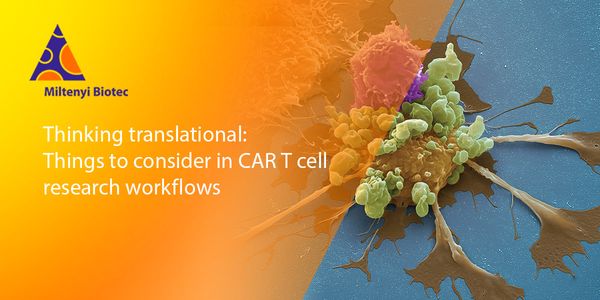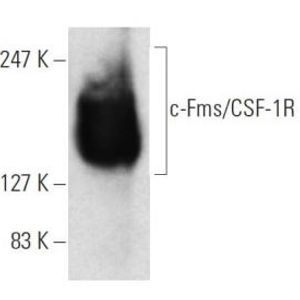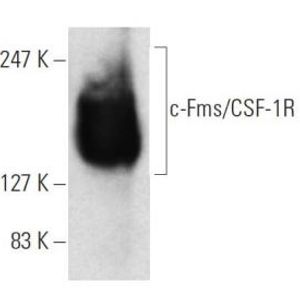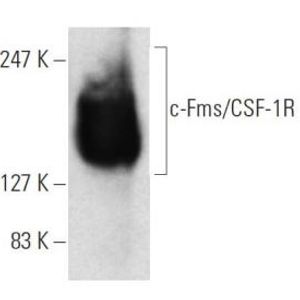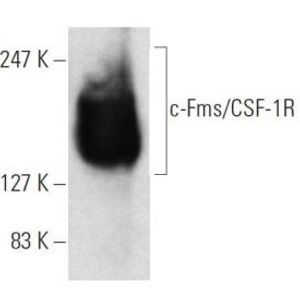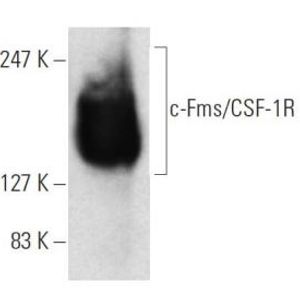Immunology Webinars
Follow a curation of discoveries and updates in immunology focusing on immune responses to infectious disease, structure and function, and developments in the defense against infection by watching and engaging in these webinars.
Show More
-
NOV 16, 2022 | 8:00 AMDate: November 16, 2022 Time: 8:00am (PST), 11:00am (EST), 5:00pm (CET) Autoantibody assays may have significant differences due to the heterogeneity of autoantibodies, including epitope spe...
-
NOV 15, 2022 | 9:00 AMDate: November 15, 2022 Time: 9:00am (PST), 12:00pm (EST), 6:00pm (CET) Recent advances in stem cell technologies, synthetic development and organoid biology are enabling us to create more a...
-
NOV 15, 2022 | 9:00 AMProblem Measuring viscosity is critical to knowing if your protein and formulation will be well-behaved, or if they will really disrupt the flow of things during administration. Too bad most...
-
NOV 09, 2022 | 10:00 AMDate: November 09, 2022 Time: 10:00am (PST), 1:00pm (EST), 7:00pm (CET) Over four billion prescriptions are issued each year in the US, many of which will cause adverse drug reactions and/or...
-
NOV 09, 2022 | 8:00 AMDate: November 09, 2022 Time: 8:00am (PST), 11:00am (EST), 5:00pm (CET) The field of cell and gene therapy is rapidly growing. In particular, the use of lentiviruses in CAR-T applications is...
-
Severe acute respiratory syndrome coronavirus (SARS-CoV-2) is a novel virus that causes COVID-19 and has considerable variability in clinical outcomes among infected patients. The GENCOV stu...
NOV 08, 2022 | 11:00 AM
Date: November 08, 2022 Time: 11:00am (PST), 2:00pm (EST), 8:00pm (CET) Developing safe and effective CAR T cell therapies is a challenging task. That’s why thinking translational earl...
NOV 07, 2022 | 9:00 PM
Date: November 8, 2022 Time: 1:00pm (SGT), 12:00pm (EST), 6:00am (CET) Antibodies are vital tools in many of the laboratory techniques that are used...
NOV 03, 2022 | 7:00 AM
Date: November 3, 2022 Time: 7:00am (PDT), 10:00am (EDT), 4:00pm (CEST) In this webinar, our speakers will provide an introduction into the epidemiology of influenza A/B, RSV, COVID-19, Aden...
NOV 03, 2022 | 6:00 AM
Date: October 13, 2022 Time: 10:00am (PDT), 12:00pm (EDT), 8:00pm (CEST) Most known immune checkpoints exert their effects upon protein-protein interactions, such as the PD1 checkpoint on CD...
NOV 02, 2022 | 7:00 AM
Date: November 2, 2022 Time: 7:00am (PDT), 10:00pm (EDT), 4:00pm (CEST) As part of the immune response, inflammation plays a vital role in the host defense and is dictated by the balance bet...
The COVID-19 pandemic highlights the need for diagnostics that can be rapidly adapted and deployed in a variety of settings. Several SARS-CoV-2 variants have shown worrisome effects on vacci...
NOV 01, 2022 | 10:00 AM
Date: November 01, 2022 Time: 10:00am (PDT), 1:00pm (EDT), 6:00pm (CET) Our laboratory developed the Pig-a gene mutation assay as a means to simply and reliably evaluate the potential mutage...
NOV 01, 2022 | 9:00 AM
Date: November 1, 2022 Time: 9:00am (PDT), 12:00pm (EDT), 5:00pm (CET) Rapid and efficient organism identification and antimicrobial susceptibility reports are paramount for patient survival...
NOV 01, 2022 | 8:00 AM
Date: November 01, 2022 Time: 8:00am (PDT), 1:00am (EDT), 4:00pm (CEST) This webinar will focus on sub-micron particle analysis utilizing high sensitivity violet side scatter detection. We w...
OCT 26, 2022 | 11:00 AM
Date: October 26, 2022 Time: 7:00am (PDT), 10:00am (EDT), 4:00pm (CEST) To control and monitor the epidemiology and diffusion of the severe acute respiratory syndrome coronavirus 2 (SARS-CoV...
OCT 25, 2022 | 11:00 AM
Date: October 25, 2022 Time: 11:00am (PST), 2:00pm (EST), 8:00pm (CEST) Candida auris is a multi-drug resistant yeast that continues to be a global threat for infection and transmission in h...
OCT 20, 2022 | 11:00 AM
Date: October 20, 2022 Time: 11:00am (PDT), 2:00pm (EDT), 8:00pm (CEST) Bacterial and viral infections produce a wide range of similar signs and symptoms leading often to the inappropriate u...
OCT 20, 2022 | 9:00 AM
Date: October 13, 2022 Time: 11:00am (PDT), 12:00pm (EDT), 6:00pm (CEST) Single-cell atlases mapping immune cells provide hints on how immune cells mature, attenuate, and disseminate through...
OCT 20, 2022 | 8:00 AM
Date: October 20, 2022 Time: 8:00am (PDT), 11:00am (EDT), 5:00pm (CEST) Over the past three decades, baculovirus expression vector system (BEVS) has become one of the most powerful and robus...
COVID-19 remains a global health emergency with limited treatment options, lagging vaccine rates, and inadequate healthcare resources in the face of an ongoing calamity. The disease is chara...
As the COVID-19 pandemic continues, SARS-CoV-2 molecular testing continues to play a central role managing patient care and supporting epidemiological studies or developing new anti-virals a...






